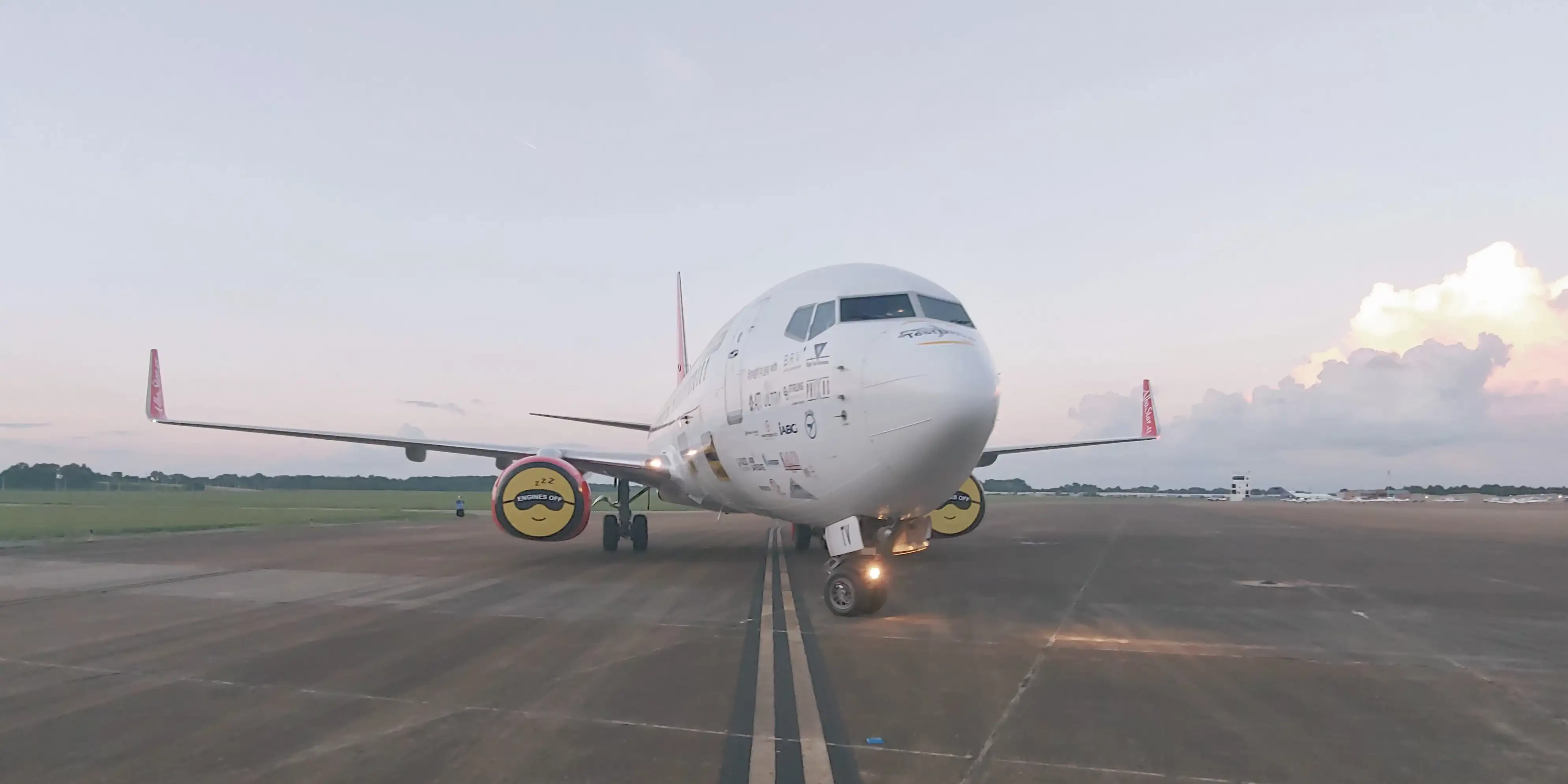WheelTug Taxiing System
The future operation of aircraft will need to meet ever-demanding emission and efficiency targets and therefore, innovative solutions are required to...
Aleix Gimeno is a landing gear specialist at Stirling Dynamics and joined the team in 2017. In this article, Aleix discusses why shimmy can be problematic in an aircraft landing gear system, especially during take-off and landing, and why shimmy analysis needs to be considered in the landing gear design process.
In simple terms, shimmy is an unwanted vibration of the landing gear. It is an oscillation of the landing gear that can occur when the structural vibrations couple with the tyre forces and when this happens, the landing gear will experience a prolonged lateral and torsional motion (think of that annoying trolley wheel at the supermarket!). If left unchecked, landing gear shimmy can be extremely problematic to the aircraft. This is because shimmy oscillations can reduce the stability of the gear, and over time, cause additional fatigue to the landing gear structure as well as cause cabin vibrations – very alarming for all the passengers on board. In the event of an instability, these vibrations could adversely impact the controllability of the aircraft and may, ultimately, cause the gear to collapse, which could be catastrophic, especially during landing and take-off.
If left unchecked, landing gear shimmy can be extremely problematic to the aircraft. This is because shimmy oscillations can reduce the stability of the gear, and over time, cause additional fatigue to the landing gear structure as well as cause cabin vibrations.
In new aircraft design, there are design considerations that can help reduce the risk of shimmy but landing gear manufacturers are limited by many constraints including space available in the landing gear bay, the performance requirement and the inevitable weight target. This can lead to a gear design that lacks shimmy stability under certain speed and landing gear stroke conditions. When this happens, a shimmy damper is fitted at the torque link, which essentially dampens the gear vibrations, preventing the amplitude of these vibrations to build up. The installation of a shimmy damper is a design solution that is widely used throughout the aerospace industry.
However, what happens if you want to modify an existing aircraft landing gear? Shimmy is a product of the landing gear structural dynamics characteristics (the lateral and torsional vibration modes) as well as tyre properties. Thus, any change to the gear configuration that affects these characteristics will cause the landing gear stability to change. In these cases, shimmy analysis is required to ensure that the gear remains stable across all operational conditions. For example, I’m currently working on the in-wheel electric taxi system programme, Wheeltug, where the twin electric motors installed in the nose wheels increase the lower mass of the nose landing gear, thus reducing the frequency of the gear modes.
Stirling dynamics is, therefore, assessing the shimmy stability of the new gear configuration by combining mathematical model prediction and rig testing.
Shimmy response can be assessed using mathematical models. Thanks to Stirling Dynamics’ expertise in structural dynamics, we can tailor the complexity of the mathematical model as required based on the maturity of the gear design, the availability of validation data and the intended use of the shimmy analysis prediction. The model prediction may be used to identify the need for a shimmy damper in an early stage of the design process, support the landing gear stability ground tests, or as proof of compliance for the landing gear certification. Once this is discussed with the customer, we will advise on which would be the most suitable level of analysis. The first shimmy project I worked on at Stirling Dynamics was for the integration of the landing gear onto the airframe of the new Mitsubishi Spacejet M90. We built the shimmy model for both nose and main landing gear to de‑risk and support the landing gear ground test campaign. Following the validation of the shimmy model against the ground test data, the model prediction will be used as proof of compliance against the airworthiness requirements for the type certification of the aircraft. The complexity of the mathematical model was very high, including non-linearities such as bearing friction and backlash, as well as a detailed model of the steering system and shimmy damper.
Ultimately, landing gear shimmy is a critical problem to overcome in the design and operation of landing gear systems, which requires specialist analysis to ensure the safety and longevity of aircraft.
Stirling Dynamics is the UK’s leading, independent landing gear specialist and has worked globally on a variety of fixed and rotary-wing aircraft, from the Airbus A350 to the T625 Light Utility Helicopter.
Mastering Precision: Elevate Aircraft Safety and Performance with Stirling Dynamics Landing Gear Solutions

The future operation of aircraft will need to meet ever-demanding emission and efficiency targets and therefore, innovative solutions are required to...

Starting later this month, Stirling Dynamics will be supporting the WheelTug programme as it begins flight tests. The in-wheel electric taxi system...

We are delighted to be exhibiting once again at the Paris Air Show 2025, taking place this year on 16-22 June. Joining our parent company, Expleo, on